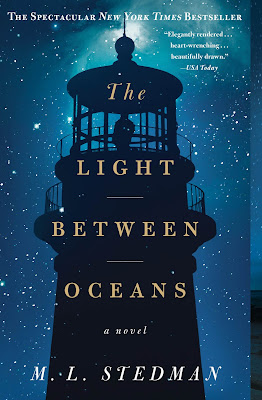"Victorian Fairy Tales" Edited by Michael Newton (published 2015)
The stories in this collection of Victorian Fairy Tales gives justice to the literary fairy tale of England. Michael Newton's introduction is exciting, comprehensive, and enlightening, making a lasting impression on what is now considered the fairy-tale, in it's purest sense, which is a topic that has been up for debate for a long while now both in academia and outside of it. He writes about "Sources, Inspirations, and Origins" (the concept of the fairy, the difference between marking a book by a singular author, or by country, etc.), then the actual story form, it's history, and meaning. I've read many introductions and prefaces to fairy tales in the past within different compendiums and Newton's, thus far, is the best I've read. He breaks down the misconceptions, as can be expected, and hones in on the presence of universality in these tales, at least for those who have a urge to connect to something primordial; that which understands where reason and reality break down.
Fourteen stories are included here: The Story of the Three Bears, The King of the Golden River, The Rose and the Ring, The Golden Key (my favorite one!!!), The Little Lame Prince and his Travelling Cloak, The Wanderings of Arasmon, The First Wife's Wedding Ring, The Selfish Giant, Prince Prigio, The Queen Who Flew, The Story of the Herons, The Reluctant Dragon, Melisande, and Dymchurch Flit.
What I loved about these stories is that they were really funny. Many of the stories made fun of the monarchy very explicitly, as well as the peasants but in a way that, of course, was not at all malicious (of course, because of the fact that these are fairy tales, nothing malicious could really be funny). I also loved how descriptive they were, even adding elements of science fiction in some, like The Golden Key by George MacDonald. What I really enjoyed about this fairy-tale collection in particular is that they seemed to embody the form completely. Whereas in some collections you'll have included the odd fable, or the odd folktale, the stories presented here are all fairy tales and fit in with everything Newton outlined in the Introduction completely. That being said, they are diverse, written by men as well as women, featuring both Queens and peasants, witches, simple wives, farmers, simple husbands, enchanted animals, fairies (of course), boys, girls, Kings, maids... each one taking their turn as protagonist. I did like that there were a number of male protagonists featured in these true-to-form fairy tales, males who were suffering terribly (as they do, too).
The book ends with four older essays which answer the question What is the fairy tale? by John Ruskin, Juliana Horatia Ewing, George MacDonald, and Laurence Housman. It is a perfect way to end the book. It ties up the whole idea of the fairy tale as it stood in Victorian Era England, and shows us how far we've come in defining this form as it stands today.




Comments
Post a Comment